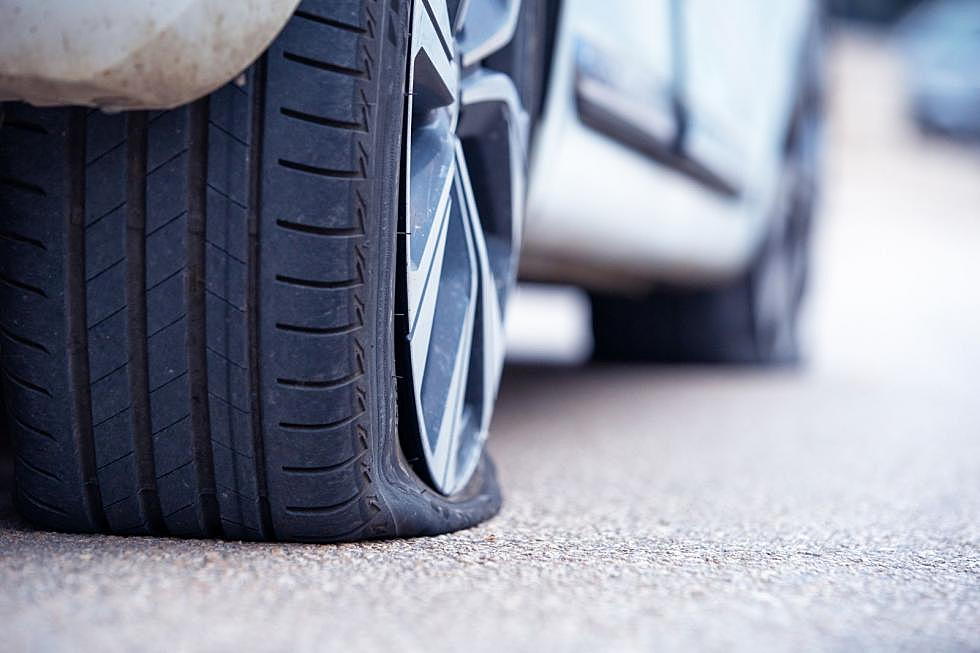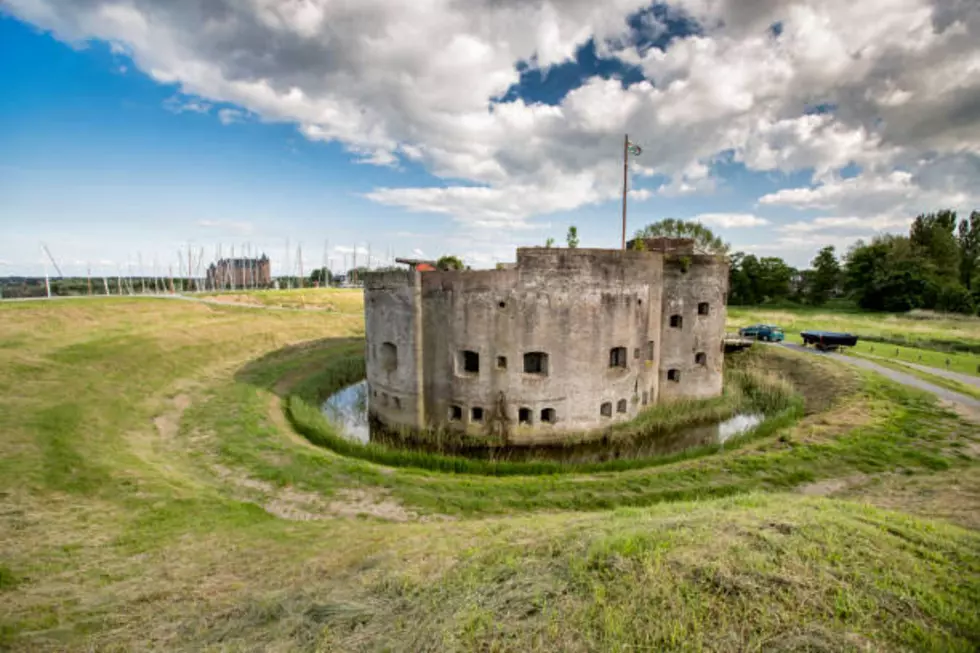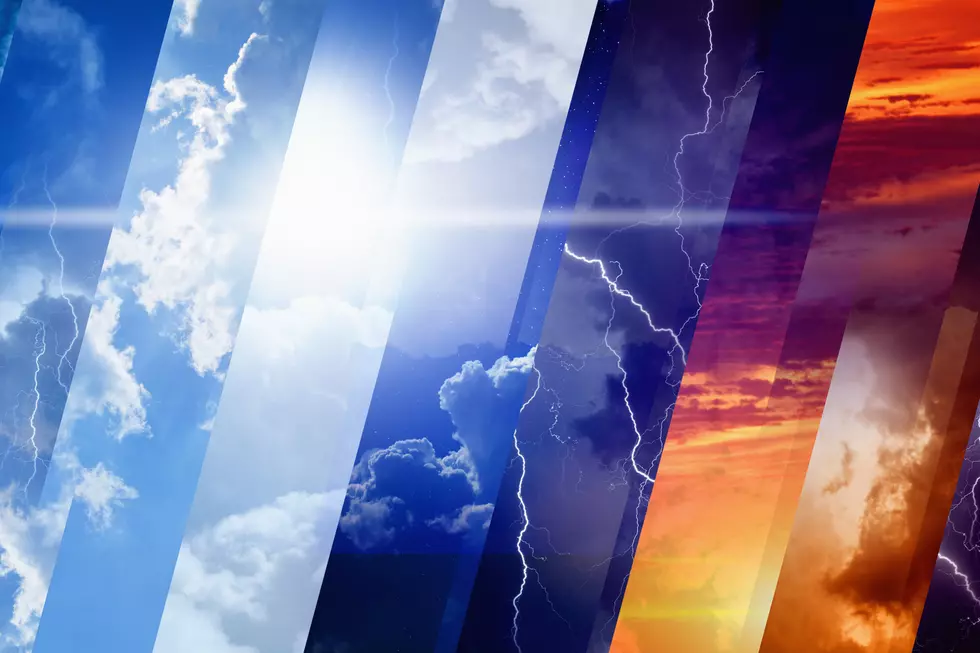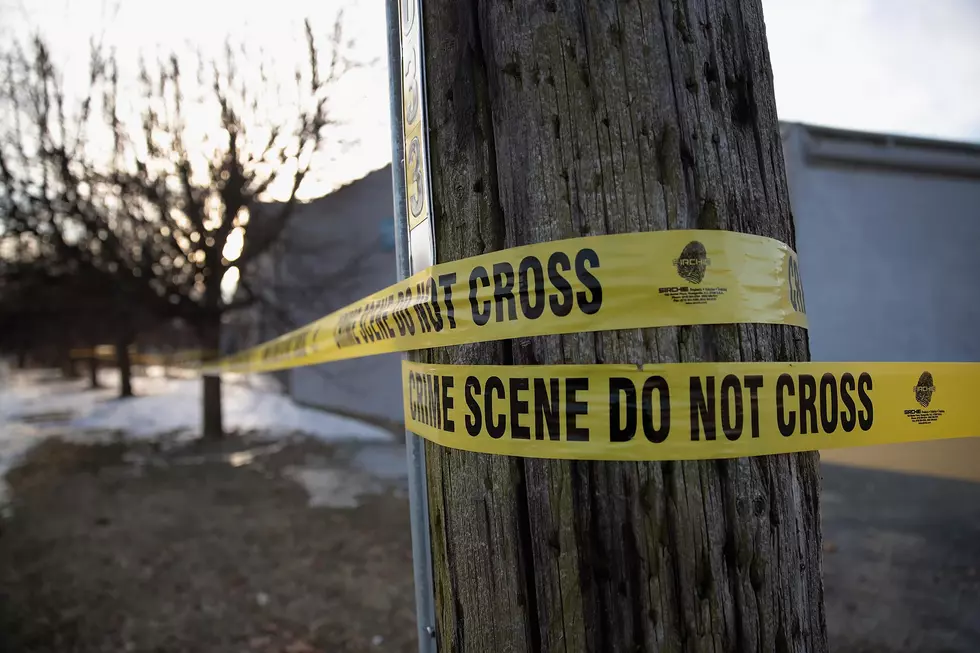
Can You Burn Leaves During Open Burning Season In Massachusetts?
Open burning season in Massachusetts ends on May 1. Here we are now in April and April just so happens to be the most dangerous for open burning. The snow is gone and April can be a windy month, that combination is concerning for fire officials.
- Between 10:00 a.m. and 4:00 p.m. from January 15 to May 1.
- At least 75 feet from all dwellings.
- As close as possible to the source of material being burned.
- When air quality is acceptable for burning.
Permits are required by your town or city for open burning as well.
Open burning is prohibited in 22 Massachusetts cities and towns due to population density and proximity of buildings. Contact your local fire department to find out if open burning is allowed in your city or town. -mass.gov
Communities where open burning is prohibited at all times: Arlington, Belmont, Boston, Brookline, Cambridge, Chelsea, Chicopee, Everett, Fall River, Holyoke, Lawrence, Lowell, Malden, Medford, New Bedford, Newton, Somerville, Springfield, Waltham, Watertown, West Springfield, Worcester.
SO, IF YOUR CITY OR TOWN ALLOWS OPEN BURNING, WHAT CAN AND CAN'T YOU BURN LEGALLY? ARE LEAVES OK?
Only Certain Materials Can Be Burned Only these materials can be burned:
• Brush, cane, driftwood, and forestry debris from other than commercial or industrial land clearing operations.
• Agricultural materials such as fruit tree and bush prunings, raspberry stalks, and infected bee hives for disease control.
• Trees and brush resulting from agricultural land clearing.
• Fungus infected elm wood, if no other acceptable means of disposal is available.
Burning Leaves and Other Materials Is Prohibited Burning these materials is prohibited:
• Brush, trees, cane and driftwood from commercial and/or industrial land clearing operations.
• Grass, hay, leaves, stumps, and tires.
• Construction material and debris.
information courtesy of mass.gov.
LOOK: The most expensive weather and climate disasters in recent decades
More From WBEC FM









